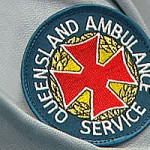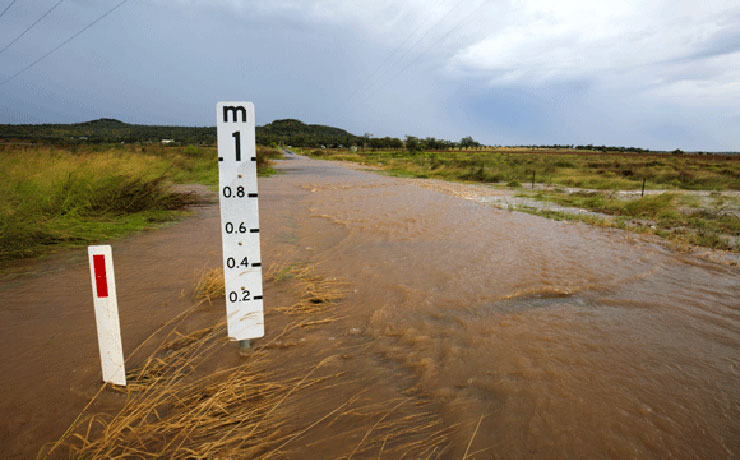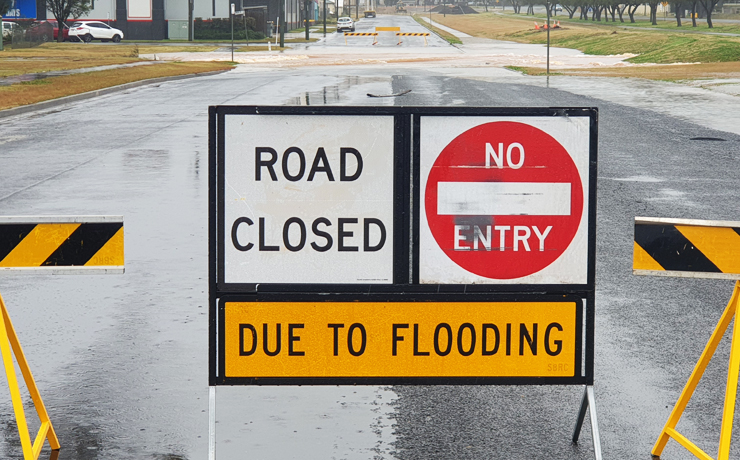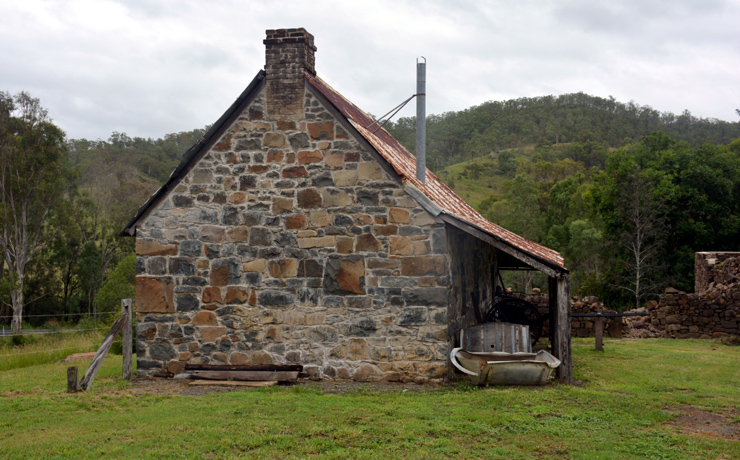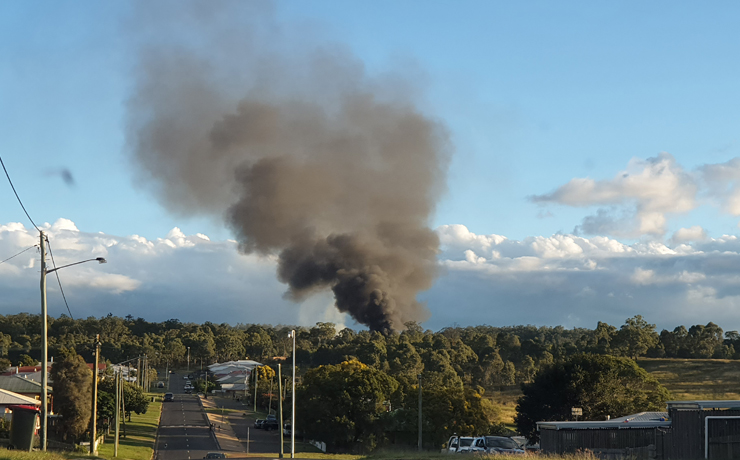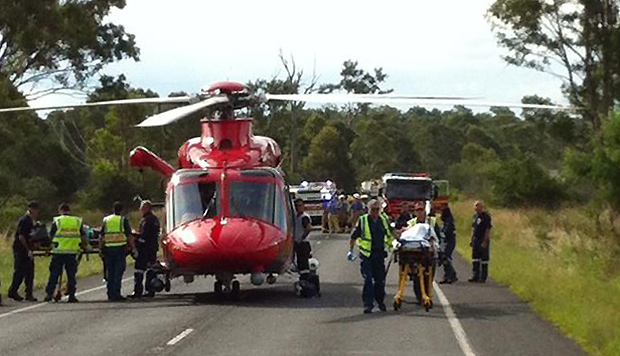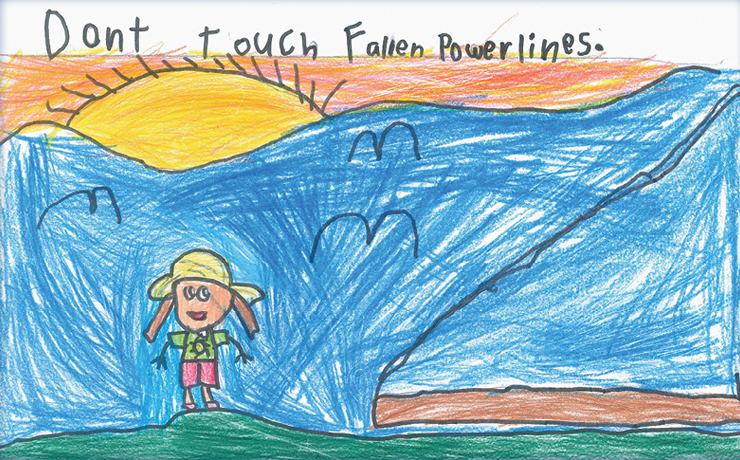
(Photo: BOM)
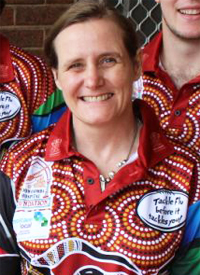
(Photo: DDDHS)
November 29, 2016
With severe to extreme heatwave conditions predicted in south-eastern Queensland at the end of this week, health officials have issued some common-sense suggestions about how to stay cool.
Darling Downs Public Health Unit Director Dr Penny Hutchinson said hot weather could lead to dehydration, sunburn and other more serious heat-related illnesses such as heat stroke.
“Heat stroke occurs when a person’s core body temperature becomes high and doesn’t cool down,” Dr Hutchinson said.
This can be caused by not drinking enough water, spending too much time in the sun and not being able to cool down quickly.
“All Queenslanders are at risk during periods of hot or prolonged high temperatures, but some people are at a higher risk of harm, such as the elderly, especially those who live alone, babies and very young children, pregnant women and breastfeeding mothers, as well as those who are physically active, such as manual workers or people who play sport,” Dr Hutchinson said.
“Some of the symptoms of heat-related illness include dizziness, headaches, bright or dark urine which indicates possible dehydration, nausea or vomiting, and fainting.
“In extreme cases, heat stroke can lead to confusion or slurred speech, a rapid pulse, vomiting and diarrhoea, and a loss of consciousness.
“If this occurs, it is important to call triple zero (000) as soon as possible.”
Dr Hutchinson said it was also important to remember sun safety messages.
“It’s important to wear a hat, keep out of the sun between 10:00am and 2:00pm, wear long sleeves and light clothing and apply sunscreen,” she said.
“In times of high temperatures it is also important to keep an eye on family, friends and neighbours, especially those who may be more susceptible to the various forms of heat-related illness.”
* * *
How to prevent a heat-related illness:
- Drink plenty of fluids; cool water is best. Don’t wait until you are thirsty to drink, but instead drink regularly throughout the day.
- Urine colour is a good guide to hydration. It should be clear to light straw-coloured, not dark or gold.
- Stay indoors in very hot weather, preferably in an air-conditioned building, or ensure there is good airflow with fans and open windows.
- Public venues, such as air-conditioned shopping centres and pools, can provide refuge from the heat.
- People can also stay cool by taking cool showers or baths, soaking their feet in a basin of water or wetting a bandana or washer and wrapping it around their neck.
- Take time to adjust to the environment, pace yourself and limit strenuous outdoor activity where possible.







